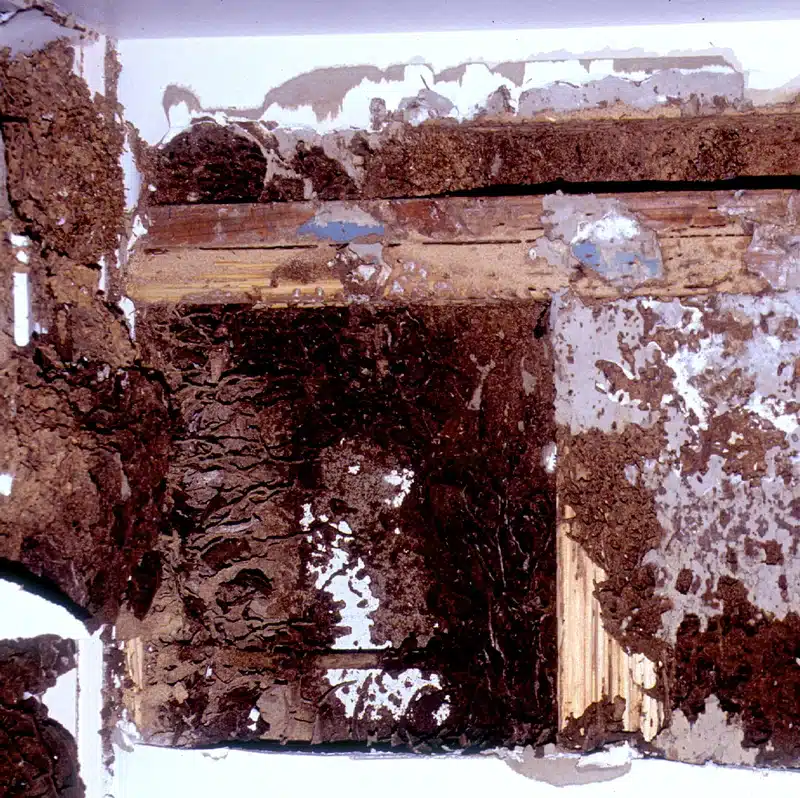When I was training in the DMV area a few years back, I went out to a house in Alexandria with one of our technicians. The homeowner hadn’t noticed any obvious termite problems until they saw just a small bulge in a window sill. What we found was shocking—termites had eaten all the way up to the paint layer and were beginning to break through.
During our crawl space inspection, we discovered extensive evidence of termite activity. There were mud tunnels climbing up inside, plus years’ worth of hidden damage that had become expensive and difficult to repair. This experience really opened my eyes to why understanding what is a termite bond can make such a huge difference for homeowners.
A termite bond is essentially your insurance policy against these kinds of expensive surprises. After helping over 100 customers with termite-related issues in my career, I’ve seen how the right coverage can save thousands of dollars and significant stress down the road.
What Is a Termite Bond? Definition and Key Features
A termite bond is a written, renewable service contract between a licensed pest control provider and a property owner. This contract outlines what happens if termites show up after an initial treatment has been completed.
Think of it as ongoing protection rather than a one-time fix. The bond typically includes annual inspections, retreatment obligations, and potentially repair coverage depending on the type you choose. Additionally, most bonds require continuous renewal to maintain coverage.
The National Pest Management Association sets industry standards for these agreements. These standards help ensure homeowners understand exactly what they’re getting when they invest in termite protection.
Bond versus Warranty: Why the Terms Are Confused
Many people use “bond” and “warranty” interchangeably, but they’re not quite the same thing. Regulators treat termite bonds as service contracts, while courts often compare them to limited warranties. However, neither is an insurance policy.
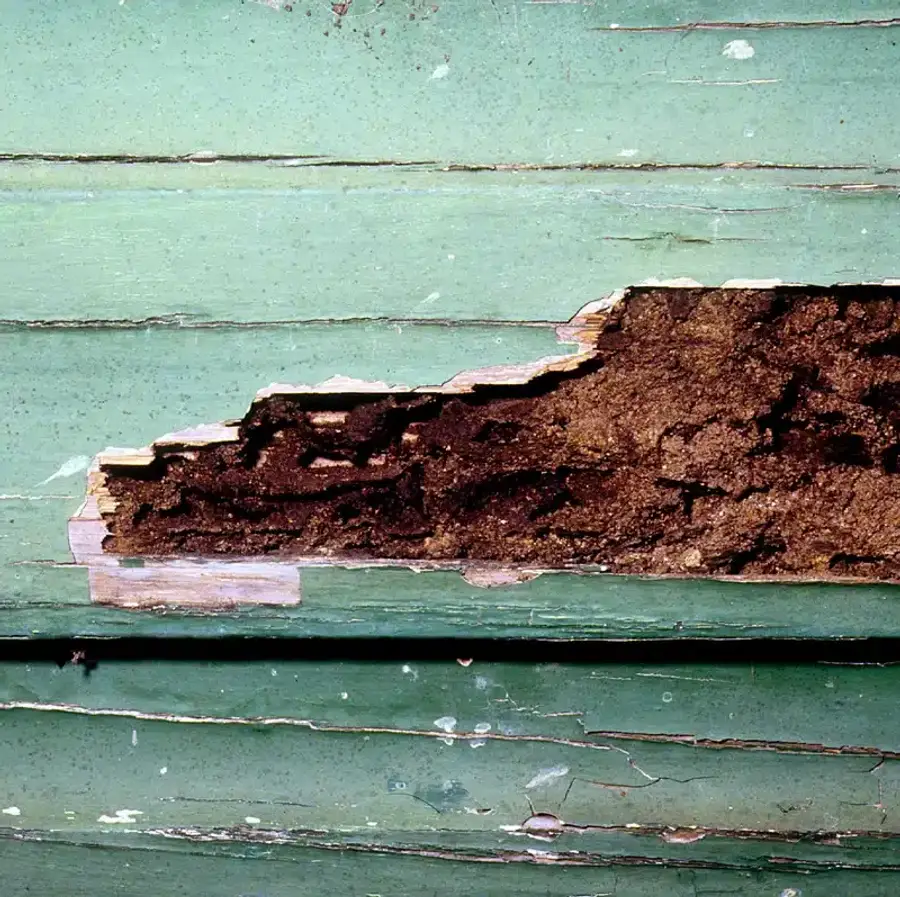
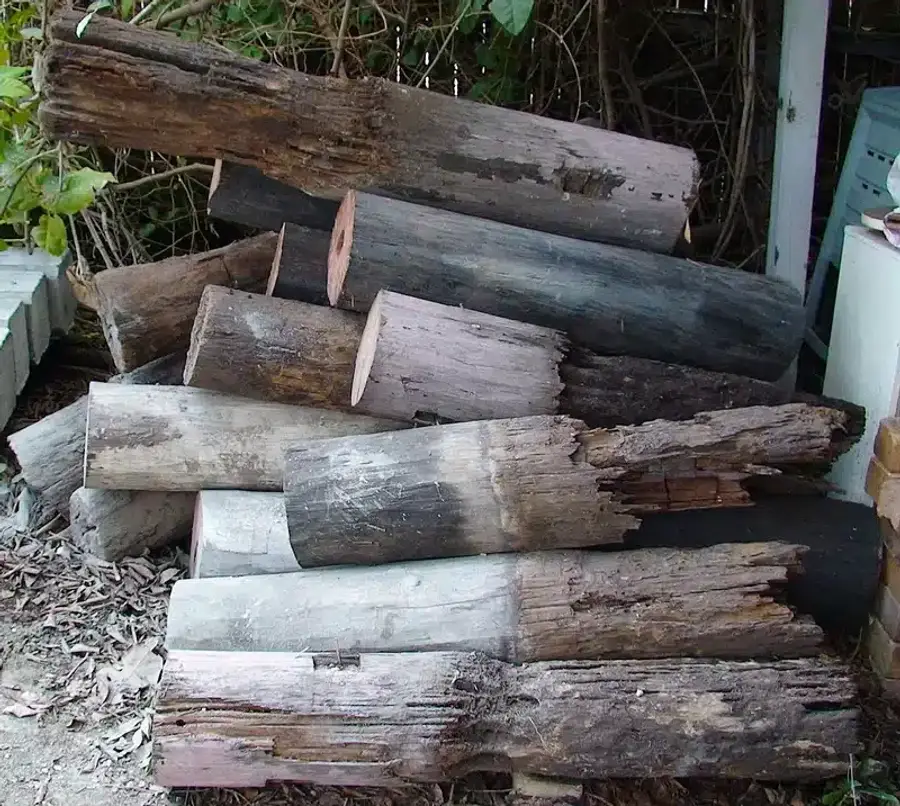
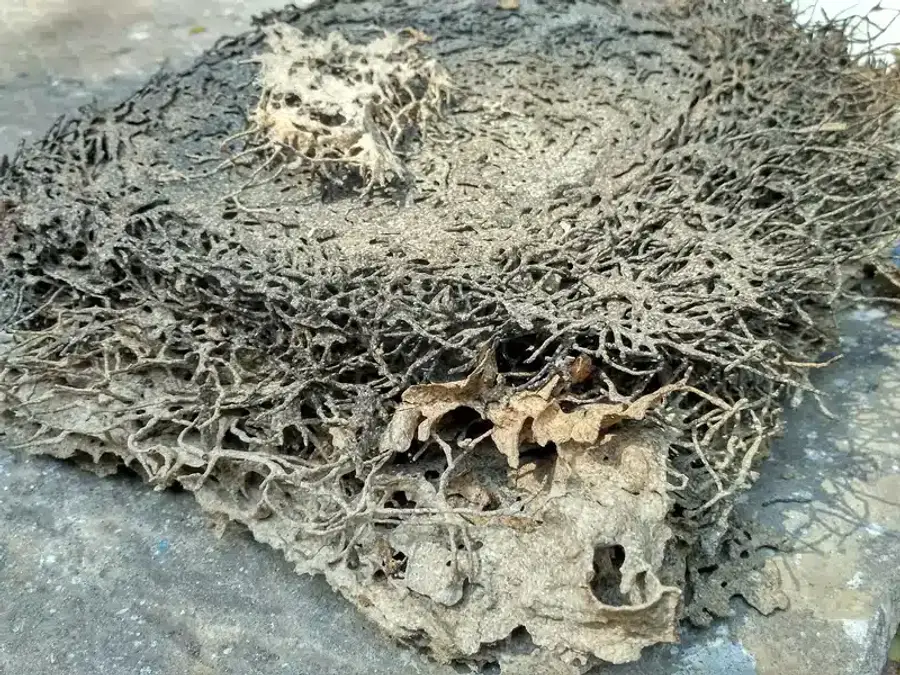
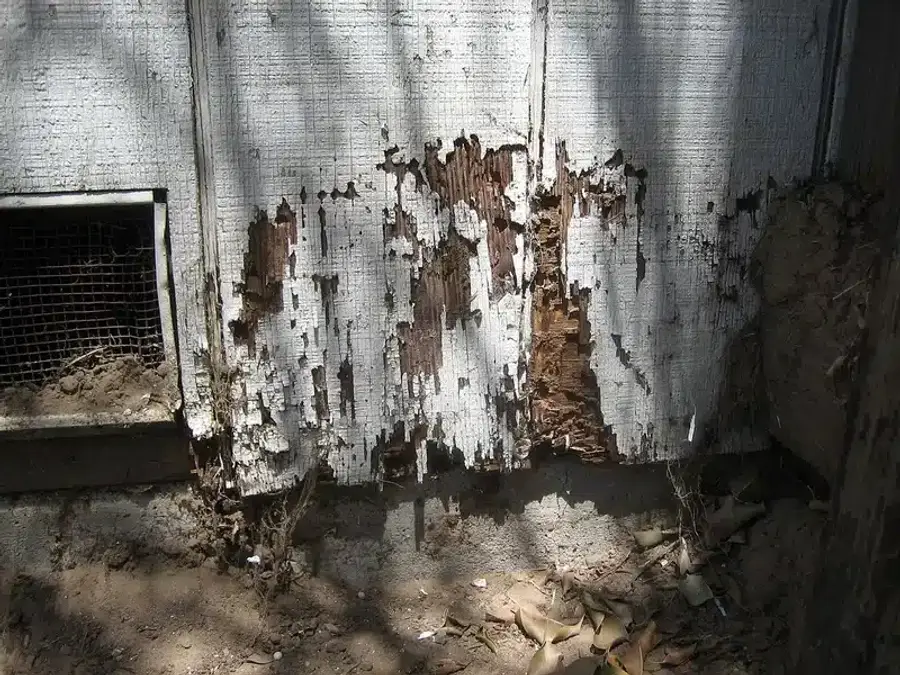
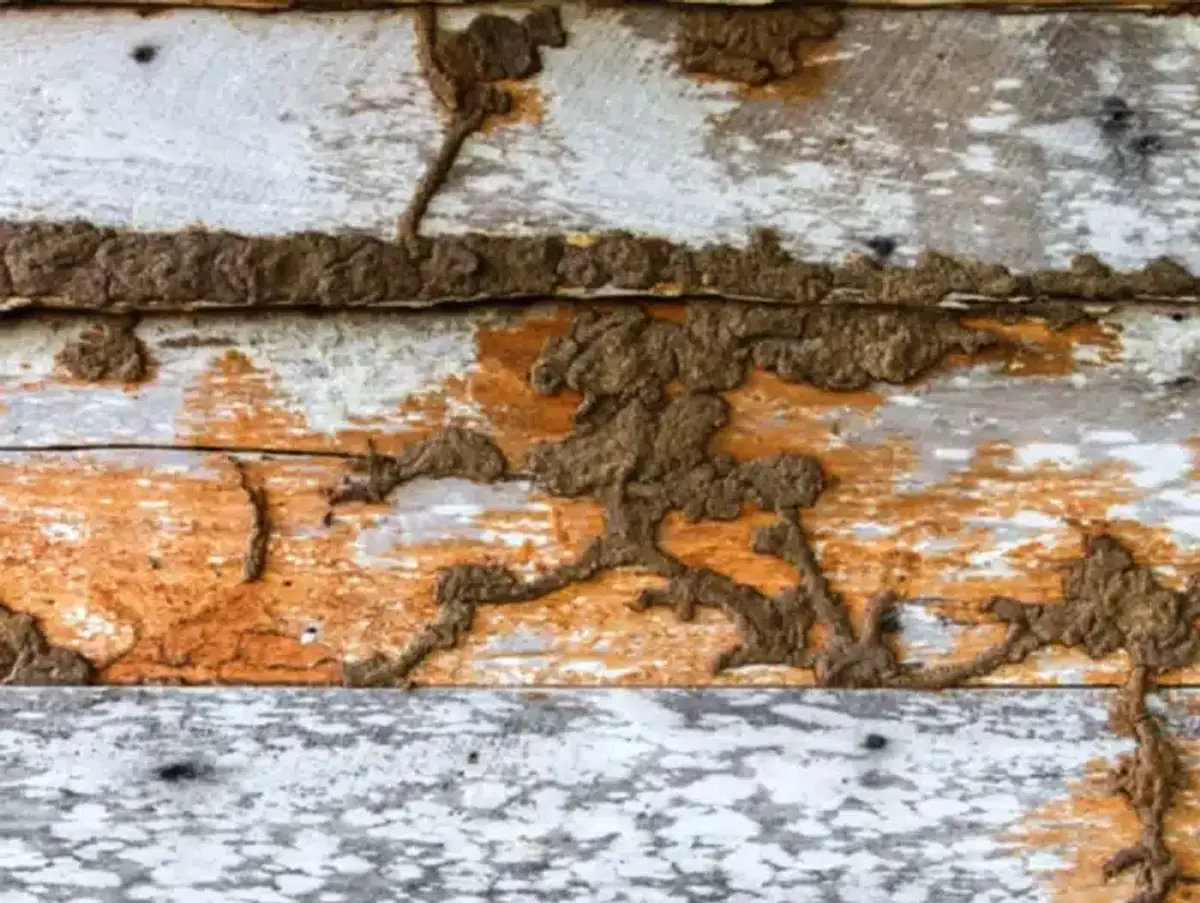
The confusion comes from how these agreements are marketed and discussed. North Carolina’s Department of Agriculture requires every contract to clearly spell out whether it covers only retreatment or also pays for structural repairs. This helps prevent misunderstandings about coverage scope.
Basically, a termite bond promises specific services under certain conditions. It’s not a blanket guarantee that you’ll never have termites, because as Maryland’s Department of Agriculture reminds consumers, “no one can guarantee you will never have a termite problem again.”
Important to Understand
A termite bond is not insurance and doesn’t guarantee you’ll never have termites. It’s a service contract that promises specific actions under defined conditions.
Types of Termite Bonds: Retreat-Only vs. Repair Coverage
There are two main types of termite bonds available in the DMV area. Understanding the difference is crucial when deciding what level of protection makes sense for your home.
Retreat-only bonds are the most common type. These contracts obligate the provider to re-treat affected areas if live termites or fresh activity is found during the contract term. However, they don’t cover any repair costs for damage.
Retreat-and-repair bonds provide more comprehensive coverage. The provider pays for both chemical retreatment and structural repairs, usually capped by a dollar limit. These bonds typically cost more but offer greater peace of mind, especially for older homes or properties with past infestation history.
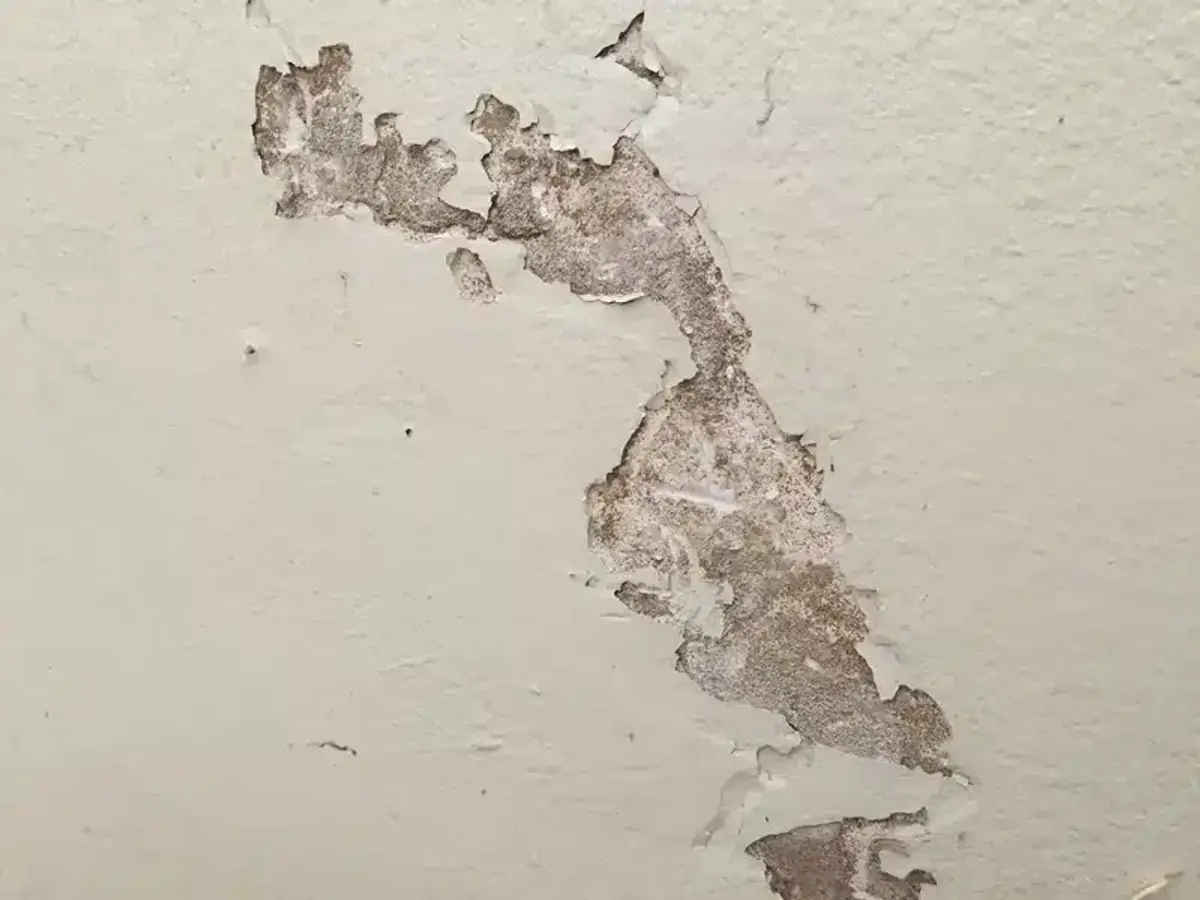
Some states require bold-type disclosure on the first page stating whether the contract is “retreat only” or “retreat + repair.” This helps homeowners make informed decisions about their coverage level.
Key Difference
Retreat-only bonds cover chemical retreatment if termites return, but you pay for all repairs yourself. Retreat-and-repair bonds cover both retreatment and structural repairs up to a specified dollar limit, providing more comprehensive protection.
Annual Renewal and Continuous Coverage Requirements for Termite Bonds
Most termite bonds are written for one-year terms with annual renewal requirements. Alabama’s regulations require at least a 12-month initial term, and the contract must state renewal fees upfront.
Continuous coverage is essential for maintaining your benefits. If you let your bond lapse, you’ll likely face a new full treatment and higher pricing before coverage can be re-established. In Maryland, most providers issue renewable warranties, but any gap means starting over.
Coverage Gap Warning
If you let your termite bond lapse, you’ll typically need a new full treatment at higher cost before coverage can be re-established. Any accumulated benefits may be lost, and missing renewal payments can void repair guarantees entirely.
The annual renewal process also includes mandatory inspections. These check-ups are what can save you from costly surprises like the hidden damage we found in that Alexandria home.
Inspection Obligations and Homeowner Duties Under a Termite Bond
Annual inspections are typically limited to “visible and accessible areas” of your home. As the homeowner, you must provide access, remove obstructions, and correct any conducive conditions the technician identifies.
Common homeowner duties include maintaining clearance around your foundation, removing stored items that block inspection areas, and addressing moisture issues. Virginia Tech Extension notes that altering your home’s structure after initial treatment without notifying the provider can void your coverage.
These inspections help with early detection of termite mud tubes and other warning signs. During our routine checks, we look for evidence of activity in crawl spaces, basements, and around the foundation where termites commonly enter homes.
Getting an annual termite inspection is one of the most valuable aspects of maintaining a termite bond. Those small, routine check-ins are what prevented that Alexandria homeowner’s situation from becoming even more expensive.
Transferability of a Termite Bond: Benefits for Home Sales
One major advantage of termite bonds is that many are transferable to new homeowners. As FindLaw notes, “some termite bonds are transferable to a new homeowner… it goes with the house.”
This transferability can be a significant selling point. In Northern Virginia, where I’ve worked extensively, a transferable bond provides persuasive evidence of termite protection and may speed financing approvals and settlement processes.


For our Alexandria termite control customers, having a transferable bond often helps real estate transactions go more smoothly. Buyers appreciate knowing they won’t need to arrange immediate termite treatment, and lenders view active bonds favorably.
Cost-Benefit Analysis of Termite Bonds: Is a Bond Worth It?
When evaluating whether a termite bond makes financial sense, consider the potential costs of an untreated infestation. Termites cause over $5 billion in property damage annually in the United States.
The average cost to remove an undetected termite infestation ranges from $1,000 to $2,000, with an additional $3,300 in home damage before detection. Compare this to annual bond renewal fees, and the math often favors proactive protection.
For detailed cost breakdowns of different treatment approaches, check out our guide on how much it costs to get rid of termites. Especially in the DMV area, where we’re in the second-highest region for termite activity, prevention typically costs less than reaction.
Factors Affecting Termite Bond Pricing
Several variables influence termite bond pricing in our region. Home age and construction type play major roles—crawl-space foundations typically cost more to protect than slab foundations because they require more extensive inspection and treatment.
Past infestation history also affects pricing. Homes with documented previous termite problems may face higher premiums or additional requirements. Additionally, the presence of factors like foam insulation can complicate coverage, as some firms refuse bonds on foam-insulated crawl spaces.
Size and complexity of your home’s footprint matter too. Larger homes with multiple additions or complex layouts require more time for inspection and treatment. The coverage limit you choose and whether you select retreat-only or repair coverage will also impact your annual costs.
Common Coverage Limitations and Exclusions in Termite Bonds
Understanding what your termite bond doesn’t cover is just as important as knowing what it does.
Common Coverage Exclusions
- Above-ground aerial infestations with no soil contact
- Damage that occurred before your original treatment date
- Moisture or fungal decay not caused by termites
- Areas made inaccessible by homeowner modifications
- Acts of nature that disturb treated soil (floods, major storms)
Structural changes that block inspection access can void coverage. For example, if you install a new deck or pile mulch against your siding after treatment, you might inadvertently create exclusions in your coverage.
Acts of nature that disturb treated soil also typically aren’t covered. The National Pest Management Association warns homeowners to schedule re-inspections after major storm events, especially flooding that might compromise underground chemical barriers.
Learning to identify termite signs early helps you understand when to contact your provider about potential claims. Many homeowners don’t realize they should look for more than just visible termites—mud tubes and hollow-sounding wood are often earlier indicators.
Filing a Claim on a Termite Bond: Procedures and Timelines
When you discover potential termite activity, contact your provider immediately. Most contracts require prompt notification to maintain coverage. The provider will schedule an inspection to verify the presence of live termites, new shelter tubes, or other evidence of active infestation.
If activity is confirmed, retreatment gets scheduled according to your contract terms. For repair bonds, the provider will also assess damage and begin the repair process, typically subject to your coverage limits and deductibles.
Keep in mind that contract disputes aren’t handled by state pesticide offices. Unresolved claims typically move to the state Attorney General’s Consumer Protection Section or civil court, so choosing a reputable provider with a good track record matters.
When You Need a Termite Bond: Choosing the Right One for Your Home
Start by assessing your home’s termite risk factors. Older homes, properties with previous infestations, and houses with moisture issues may benefit from repair coverage rather than retreat-only bonds.
Consider your risk tolerance and financial situation. If potential repair costs would strain your budget, paying more for a repair bond might make sense. However, if you can handle moderate repair expenses, a retreat-only bond might be adequate.
Think about your timeline for selling the home. Transferable repair bonds can add market value and appeal to potential buyers. Our termite prevention guide can help you understand additional steps you can take to reduce your risk.
Termite Letter Requirements in the DMV Area: Lender and Regulatory Considerations
VA and FHA lenders routinely require current wood-destroying insect inspections in our area. VA loans specifically mandate inspections in DC, Maryland, and Virginia because we’re in a “very heavy to moderate” infestation zone.
For new construction, HUD requires specific forms on file. Virginia requires pest control businesses to maintain proper licensing and insurance, with technician recertification every two years. These requirements help ensure you’re working with qualified professionals.
Understanding how termites spread throughout neighborhoods helps explain why regional requirements exist. When one property has an infestation, nearby homes face increased risk.
Maintaining Coverage When Switching Providers
If you decide to switch termite bond providers, expect the new company to require a full re-inspection and proof of your original treatment. Most incoming firms charge new initiation fees and may not accept liability for pre-existing hidden damage without additional documentation.
Switching Providers
Switching termite bond providers often resets you to “new customer” status with new initiation fees. Any coverage gaps can cost significantly more than maintaining continuous coverage with your current provider. Get written confirmation about pre-existing condition coverage before switching.
Any coverage gaps often reset you to “new customer” status, potentially costing significantly more than maintaining continuous coverage. Before switching, obtain written confirmation about what the new provider will cover regarding any pre-existing conditions.
Integrating Prevention Systems: Sentricon, Liquid Treatments, and Bond Synergy
Modern termite protection often combines multiple approaches. The Sentricon baiting system provides ongoing colony elimination, while liquid treatments like Termidor or Premise create chemical barriers around your foundation.
For severe infestations, we’ve found that supplementing Sentricon with targeted liquid treatments works well when termites aren’t finding the bait stations quickly enough. Our guide on professional termite elimination methods explains these different approaches in detail.
The key is choosing products that work well together and maintaining them properly. All the products we use are EPA approved and have passed through our internal research team—each one is something we’d feel comfortable using in our own homes.
Understanding what is a termite bond and how it fits into your overall termite protection strategy can save you thousands of dollars and significant stress. Whether you choose retreat-only or repair coverage, the important thing is maintaining continuous protection and staying proactive about inspections.
In my experience working in the DMV area, homeowners who invest in proper termite bonds and maintain them consistently fare much better than those who wait for problems to appear. The small annual investment typically pays for itself many times over compared to dealing with surprise infestations and repairs.
Frequently Asked Questions
What does a termite bond cover?
+
A termite bond covers chemical retreatment when live termite activity is discovered during routine inspections or reported by the homeowner. If you have a repair bond, it also pays for structural repairs up to your coverage limit. However, coverage typically excludes pre-existing damage, moisture issues not caused by termites, and areas made inaccessible by homeowner modifications.
How much does a termite bond cost?
+
Termite bond pricing depends on several factors including your home's size, construction type, past infestation history, and chosen coverage level. Homes with crawl spaces typically cost more than slab foundations due to increased inspection requirements. Repair bonds cost more than retreat-only bonds, but renewal fees are usually lower than initial setup costs.
Can I transfer a termite bond when selling my home?
+
Yes, most termite bonds are transferable to new homeowners, though transfer fees may apply. This transferability is often viewed favorably by buyers and lenders, potentially speeding up real estate transactions. The new owner typically needs to agree to continue the annual renewal schedule and meet the same homeowner obligations outlined in the original contract.
How often do I need to renew a termite bond?
+
Most termite bonds require annual renewal to maintain coverage. Some regions allow bi-annual terms, but continuous coverage without gaps is essential. If you let your bond lapse, you'll typically need a new full treatment at higher cost before coverage can be re-established, and any accumulated benefits may be lost.
What is the difference between a termite bond and a warranty?
+
A termite bond is a service contract that outlines specific obligations between you and your pest control provider, while a warranty suggests broader product protection. Neither is insurance coverage. Termite bonds specify exactly what services will be provided under what conditions, rather than offering blanket protection against all possible termite issues.
What happens if I miss my annual termite inspection?
+
Missing your scheduled inspection can void your coverage, especially for repair bonds. Most contracts require annual inspections to maintain active status. If you miss an inspection, contact your provider immediately to reschedule—some may allow brief grace periods, but extended gaps typically require re-treatment and new contract initiation.
Are termite bonds worth it for new homes?
+
New homes often come with initial termite treatment, but bonds provide ongoing protection and early detection through annual inspections. Given that termites can remain hidden for years before detection, having a bond helps catch problems early when treatment is easier and less expensive than dealing with established colonies.
What should I do to prepare for a termite inspection?
+
Clear access to your crawl space, basement, and foundation areas by removing stored items, lawn equipment, and other obstructions. Ensure your technician can access electrical panels, water heaters, and other utility areas. Address any moisture issues or conducive conditions noted in previous inspections to maintain your coverage.
With five years of hands-on experience in the pest control industry, George Schulz is a registered technician with the Virginia Pest Management Association and a proud third-generation professional in a family business that's been protecting homes for over 57 years. He manages and trains a team of service pros while also leading internal research efforts—recently spearheading a deep-dive review of thousands of documents on pest control materials to hand-pick the most kid and pet friendly, most effective solutions tailored specifically for homes in the DC metro area.
